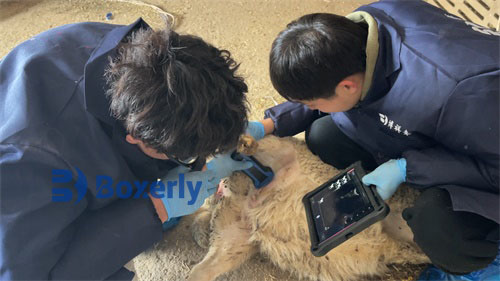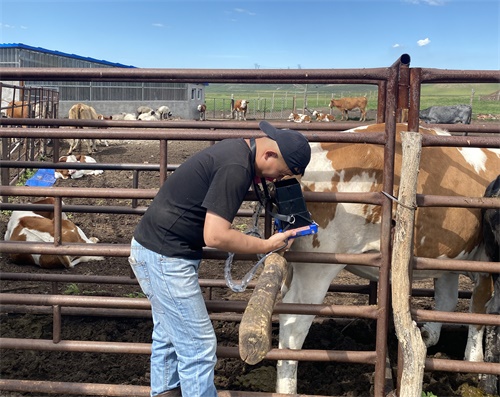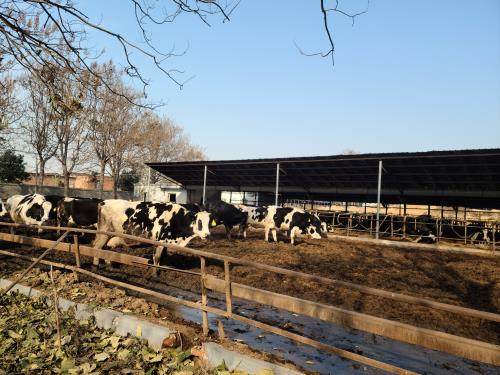Breeding management: A sow is a sow that already has a litter, and a sow is a sow that does not have a litter. Therefore, using a pig with a B-ultrasound machine can be a pregnant animal. Pigs are prolific, and sows can have many litters during their lifetime.
As a rule of thumb in the business industry, sows are often eliminated after the seventh litter because statistical data shows that their productivity has decreased to the point where higher yields can be achieved by replacing their sows. Of course, some sows can produce after the seventh litter, while others may not be as efficient, but in large-scale operations with a large number of sows, this ideal elimination proves to be economically meaningful. When a sow is removed from the herd, the young female who will replace her is usually referred to as a replacement sow. Because using pigs and B-ultrasound machines to detect sow pregnancy can improve economic benefits
Pig longevity is a term used to refer to the time that sows spend on the farm. Parity is a term used to describe the number of litters owned by a sow. For example, a mother pig with a * * * litter has one litter, a mother pig with a second litter has two litters, and so on. Many farms closely monitor the lifespan of sows because raising replacement sows is expensive, and as long as they have economic productivity, it makes economic sense to keep sows on the farm. Sowing health and wellness are crucial for the lifespan of seeds.
Farm management starts with young sows. Healthy animals with good physical condition will lead to larger litters and better care performance for piglets in the future. Sows can be brought to the farm at any age after weaning. Some farms will raise their own replacement sows to avoid introducing new animals into the existing herd.
Circulation and calorie measurement: Pigs observed an average of 21 days of thermal circulation in sows and piglets using a B-ultrasound machine, but this may be between 17 and 25 days. Animals with average heat today will be in heat again within three weeks. This can be used to help synchronize delivery dates in small herds, so that animals give birth at the same time and can weaned piglets simultaneously (and thus breed for the next litter).
Natural mating: The natural mating between boars and females is a fairly simple process. Animals should introduce themselves to each other in the note area. It is not advisable to use large boars to breed piglets and sows.
Artificial insemination: Artificial insemination enables managers to utilize genetic selection with lower risk of disease transmission. AI requires more management skills and effort than natural mating. Most breeding in today's industry is carried out using this method.
Recycling: After reproduction, you must monitor the female every day and pay attention to whether there is excretion or miscarriage. Usually, sows and piglets do not become pregnant and regain their energy. This is called recycling and observation using a pig ultrasound machine, which occurs on average 21 days (range 17-25 days) after mating.








